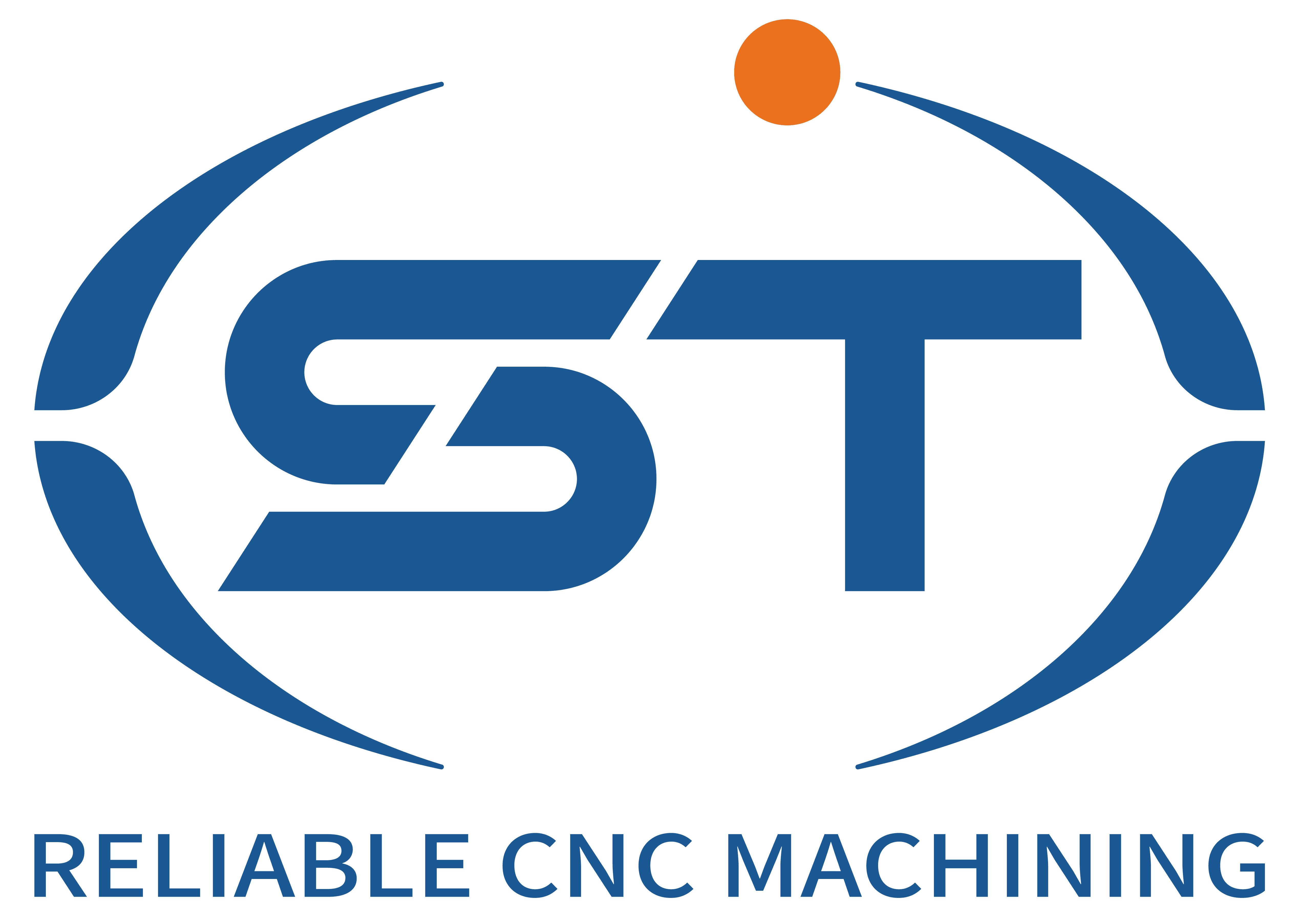The Relationship Between Equipment Maintenance and Cost Efficiency in Faites une demande maintenant ! pour les composants automobiles
Effective maintenance strategies for CNC machines play a pivotal role in controlling production costs, ensuring reliability, and maintaining precision in automotive part manufacturing. Poorly maintained equipment often leads to unexpected downtime, reduced part quality, and higher long-term expenses. By implementing proactive maintenance practices, manufacturers can optimize machine performance, extend tool life, and minimize operational disruptions. Below are key areas where maintenance directly impacts cost efficiency in automotive CNC machining.
1. Preventive Maintenance Reduces Unplanned Downtime
- Scheduled Inspections and Lubrication: Regular checks on critical components such as spindles, ballscrews, and linear guides prevent premature wear. For example, lubricating bearings at recommended intervals reduces friction, which can otherwise lead to overheating and machine failure during high-speed operations like milling cylinder heads or crankshafts.
- Coolant System Management: Maintaining proper coolant concentration and flow rates ensures consistent chip evacuation and thermal stability. Clogged filters or degraded coolant in lathes used for turning axles or driveshafts can cause tool breakage, increasing scrap rates and rework costs.
- Electrical Component Checks: Periodic testing of power supplies, servo drives, and control panels identifies potential issues before they escalate. Voltage fluctuations or loose connections in machines processing electronic components like sensor housings may result in inconsistent part dimensions, requiring costly adjustments.
2. Calibration and Precision Maintenance Enhance Part Quality
- Geometric Accuracy Verification: Regular calibration of machine axes and tool centers guarantees adherence to tight tolerances required for components like transmission gears or fuel injector bodies. Misalignment due to worn bearings or loose mounts can lead to part rejection, driving up material and labor expenses.
- Thermal Stability Control: Monitoring and compensating for ambient temperature changes in the machining environment prevents thermal expansion errors. For instance, inconsistent temperatures in a facility processing aluminum engine blocks may cause dimensional inaccuracies, necessitating re-machining or scrap disposal.
- Tool Offset Adjustments: Fine-tuning tool length and radius compensation during setup ensures consistent cutting performance. Neglecting these adjustments in high-precision operations, such as drilling valve seats or engraving serial numbers, often results in defective parts and wasted production time.
3. Spare Parts Inventory and Supplier Collaboration Lower Repair Costs
- Strategic Stocking of Critical Components: Maintaining an inventory of frequently replaced parts like spindle belts, filter elements, or drive couplings reduces lead times during breakdowns. For example, having replacement ballscrews on hand for machines producing steering knuckles minimizes idle periods and maintains production schedules.
- Supplier Partnerships for Fast Turnaround: Establishing relationships with reliable vendors ensures quick access to specialized components like servo motors or encoder modules. Delays in sourcing these parts for machines processing hybrid materials in electric vehicle components can disrupt entire production lines, increasing labor costs due to overtime shifts.
- Training for On-Site Repairs: Equipping maintenance teams with skills to diagnose and fix common issues—such as replacing worn tool holders or recalibrating probe systems—reduces reliance on external contractors. This approach is particularly cost-effective for facilities processing high-volume parts like brake rotors or suspension coils.
4. Data-Driven Maintenance Predicts Failures Before They Occur
- Condition Monitoring Systems: Installing sensors to track vibration, temperature, and power consumption provides real-time insights into machine health. For example, detecting unusual spindle vibrations in machines cutting titanium alloy components for aerospace-derived automotive parts can trigger preemptive maintenance, avoiding catastrophic failures.
- Historical Failure Analysis: Reviewing maintenance logs to identify recurring issues—such as frequent coolant pump failures in machines processing cast iron engine blocks—enables targeted upgrades. Replacing outdated components with more durable alternatives reduces long-term repair costs and improves reliability.
- Integration with Production Planning: Aligning maintenance schedules with production cycles ensures minimal disruption. For instance, performing major overhauls during low-demand periods for components like mufflers or exhaust manifolds prevents bottlenecks during peak orders.
By prioritizing these maintenance practices, automotive manufacturers can achieve a balance between upfront investment and long-term savings. Proactive equipment care not only extends machine lifespan but also ensures consistent part quality, reducing waste and enhancing overall operational efficiency. Continuous training for maintenance personnel and adoption of emerging technologies further refine these strategies over time, solidifying cost competitiveness in the automotive supply chain.




